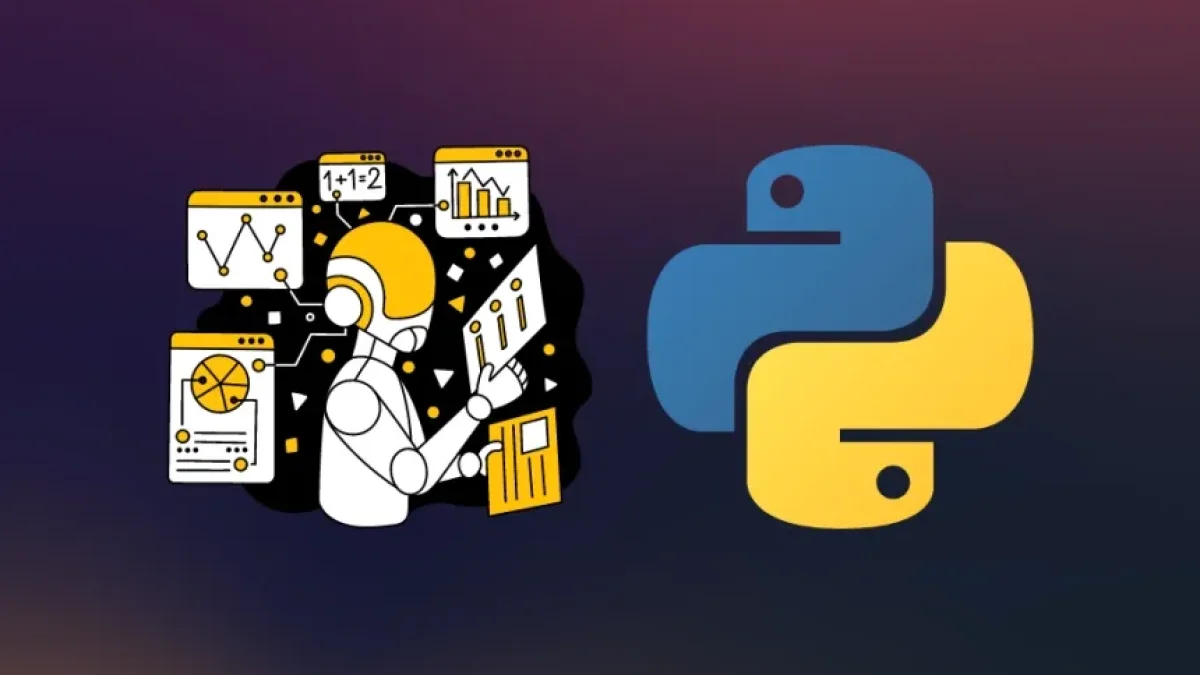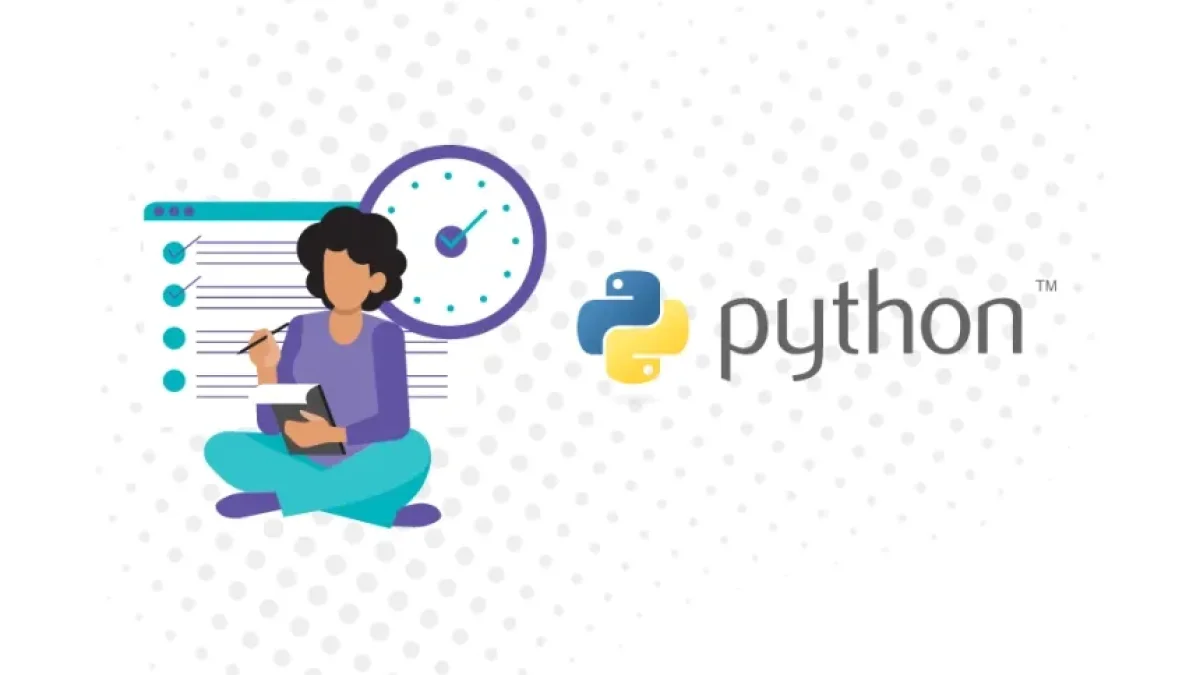How to Set Up Your Development Environment for Machine Learning with Python


Setting up an appropriate development environment is crucial for working effectively on Machine Learning projects. In this article, we will explore how to configure your development environment for Machine Learning projects using Python. From installing basic tools to creating an efficient workflow, you'll find all the information you need here.
Prerequisites
Before you begin setting up your development environment, make sure you have the following prerequisites:
- A computer with internet access.
- Basic programming knowledge in Python.
- Operating system: Windows, macOS, or Linux.
Installing Python
The first step in preparing your environment is installing Python. Python is the most commonly used programming language in Machine Learning due to its simplicity and the extensive availability of libraries.
Step 1: Download Python
Go to the official Python website and download the latest version. Make sure to select the option that corresponds to your operating system.
Read also
Step 2: Installation
During the installation, ensure you check the "Add Python to PATH" option. This will make it easier to use Python from the command line.
Step 3: Verification
Open a terminal or command prompt and type:
python --version
This should display the installed version of Python.
Read also
Using Virtual Environments
Virtual environments are essential for managing your project's dependencies without conflicts. They allow you to create an isolated environment for each project.
Installing venv
Python includes a module called venv for creating virtual environments. Run the following command to create a new virtual environment:
python -m venv environment_name
Activating the Virtual Environment
To activate the virtual environment, use the following command:
- On Windows:
.\environment_name\Scripts\activate
- On macOS and Linux:
source environment_name/bin/activate
Once activated, your terminal will display the name of the virtual environment.
Installing Essential Libraries
Next, we will install the most commonly used libraries in Machine Learning.
Installing pip
pip is the Python package manager that allows you to install libraries. Ensure pip is installed by running:
pip --version
Installing Libraries
Run the following commands in your terminal to install essential libraries such as NumPy, Pandas, Scikit-learn, Matplotlib, and TensorFlow:
pip install numpy pandas scikit-learn matplotlib tensorflow
Setting Up IDEs and Code Editors
The next step is to choose an Integrated Development Environment (IDE) or a code editor for your project. There are several options available:
Visual Studio Code
- Installation: Download and install Visual Studio Code from its official site.
- Extension Setup: Install extensions such as Python and Jupyter for enhanced development experience.
PyCharm
You may opt for PyCharm, which is a popular IDE for Python.
- Download: Go to the official PyCharm site and download the Community version.
- Setup: Configure the Python interpreter by selecting the virtual environment you created.
Using Jupyter Notebook
Jupyter Notebook is an essential tool for creating documents that combine executable code, equations, visualizations, and explanatory text.
Installing Jupyter
You can install Jupyter by executing the following command:
pip install jupyter
Running Jupyter Notebook
To start Jupyter Notebook, run the following command in your console:
jupyter notebook
This will open Jupyter in your default browser.
Setting Up Git and Version Control
Version control is essential for managing changes in your project. Git is the most popular tool for this purpose.
Installing Git
- Download: Go to the official Git site and download the appropriate version for your operating system.
- Initial Setup: After installation, configure your name and email:
git config --global user.name "Your Name" git config --global user.email "youremail@example.com"
Creating a Repository
You can initialize a new repository in your project with:
git init
Add your files and make your first commit:
git add . git commit -m "First commit"
Conclusion
Setting up a development environment for Machine Learning with Python may seem like a complicated process, but by following these steps, you can establish a solid foundation for your projects. The ability to manage virtual environments, use tools like Jupyter Notebook, and have proper version control are key components for success in developing Machine Learning models. You're now ready to embark on your journey into the fascinating world of machine learning!



















